Severn Railway Bridge
Severn Railway Bridge
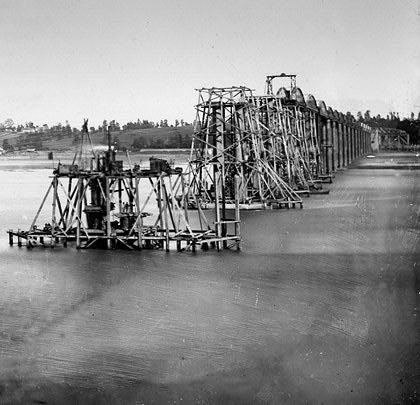
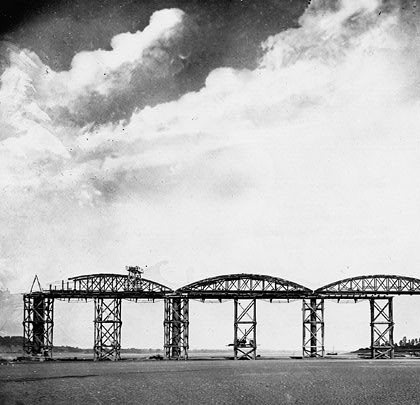
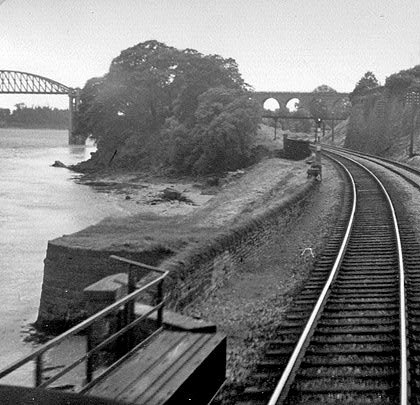
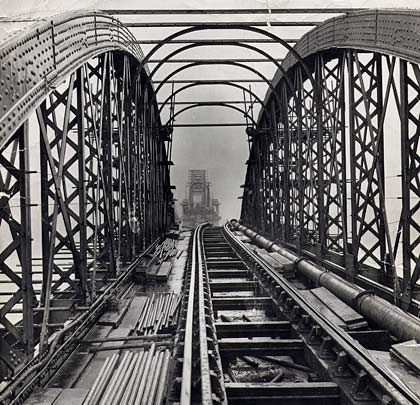
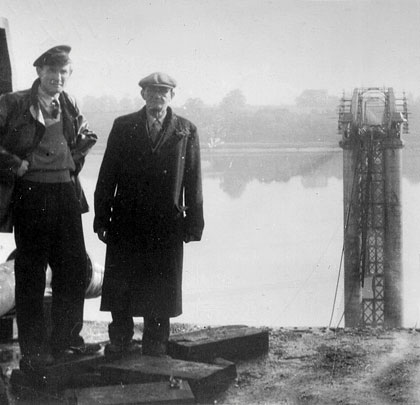
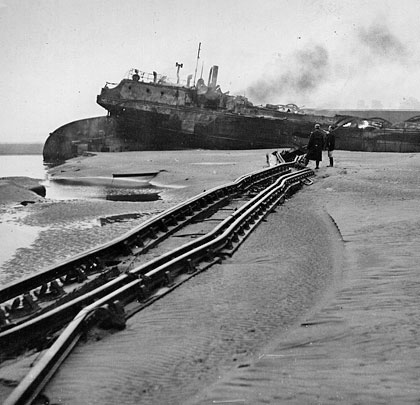
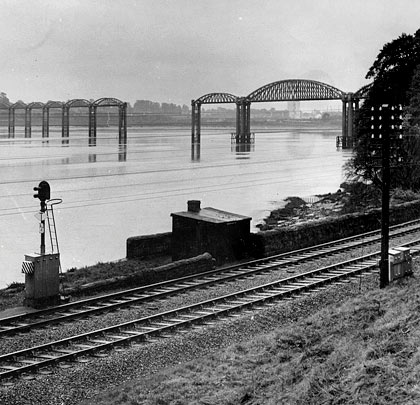
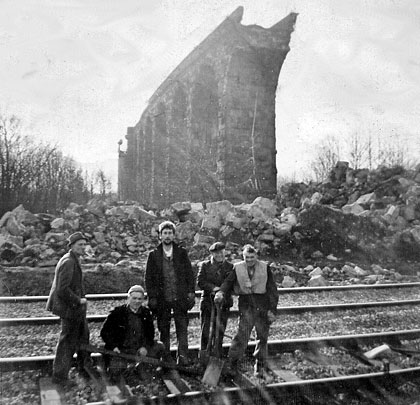








Engineered by George William Keeling and George Wells Owen, the four-mile Severn Bridge Railway connected Sharpness with Lydney via a bridge across the River Severn. Proposed in 1871, running powers over the route were vested in both the Midland and Great Western railways – they could exercise these through investments of £50,000 in the project. But the GWR eventually walked away to focus its attention on the Severn Tunnel.
Physical works got underway on 3rd July 1875 as company chairman W C Lucy laid the two-tonne foundation stone. Hamilton’s Windsor Iron Works Co was awarded the £190,000 contract to erect the bridge whilst Vickers & Cooke – later to be replaced by Griffith Griffiths – was tasked with delivering the line’s remaining structures and stations, work valued at £90,000.
The venture was enormous and complex, made all the more formidable by the Severn’s great tidal flows. 4,162 feet in length, the bridge consisted of two spans of 327 feet over the main channel, with 19 lesser spans and a swing bridge at its eastern end across the Gloucester & Berkeley Canal. The western approach was carried on a 13-arch masonry viaduct.
The pier columns were formed of 4-foot cylindrical sections, 10 feet in diameter. The first dozen piers had to be sunk through 28 feet of sand before bedrock was found. Extensive staging was assembled from which the cylinders were lowered on chains bolted to the inside flanges. Felt-lined to deal with expansion, they were then filled with concrete. A primitive piling machine helped to drive the sections through a clay ridge close to the east bank.
A 10-knot tide rising 30 feet in a little over two hours precluded on-shore construction of individual spans prior to them being floated into position. Instead the staging was extended upwards to allow assembly of the ironwork in situ. This operation attained such efficiency that many of the spans were erected in a week, with bolts used as a temporary fix before the riveters came along to provide a permanent one.
The greatest challenge – that posed by the navigation channel – faced engineers in the autumn of 1878. Initial efforts were thwarted by the tide which washed away the staging and several pier cylinders; massive timber piles were snapped at their base. But the following February brought the first span’s completion. Work on the second benefited from floodlighting, making the introduction of a night shift possible, and reached its conclusion in August. Eight locomotives took part in rolling load tests, deflecting these spans by just 1½ inches. Their construction did though claim the life of workman Thomas Roberts who plunged into the river from deck level, a distance of 70 feet, striking the staging on his way down.
Crowds gathered at every vantage point to witness the first public train rumble over the structure on 17th October 1879. On its return run, a detonator was exploded on each of the 21 spans. After crossing again, passengers got off to accompany W C Lucy onto the bridge where he ceremonially tightened the last bolt.
Unfortunately for the financiers, expected traffic levels failed to materialise. Losses were cut in 1894 when, with most trains heading for the now-open Severn Tunnel, the company was transferred to the Midland and Great Western, under the control of a joint committee.
In 1955, a detailed examination prepared the way for heavier locomotives to use the structure, providing an alternative route from South Wales to Bristol. The following year, a series of tests were carried out involving two Castle-class locomotives, eight loaded Grampus wagons and a brake van. The outcome was a £125,000 contract let to Fairfields for the strengthening of almost 500 diagonal braces. Work got underway in 1960, with the firm afforded a nightly possession of the bridge after the last train had passed over at 2145.
On 25th October that year, two barges carrying petroleum – the Arkendale H and the Wastdale H – overshot Sharpness Dock in thick fog and a strong tide. They were carried upstream and collided with one of the piers, causing the two adjacent spans to fall. Some of the ironwork struck the barges, resulting in an explosion and five fatalities.
British Railway’s Western Region planned to reconstruct the bridge but the work was deemed uneconomic following further damage resulting from another collision in 1961. Demolition began six years later and continued sporadically until 1970. Evidence of several piers remains; so too does the large circular base of the swing span.







